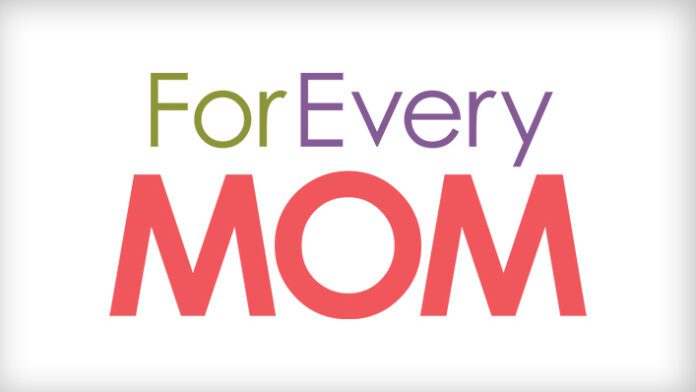That night Adam started running a low-grade fever.
“What I didn’t know was that even a low-grade fever is dangerous for a newborn. Naive, like I said. He vomited after every feeding. The next morning, he’d gone a full 12 hours without a wet diaper.”
Ireland says the pediatrician instructed them to go the emergency room immediately.
“Adam spent four days and three nights hooked up to oxygen, IVs, fluids, and antibiotics.”
And it’s all because Ireland says she didn’t know what to be looking for.
RSV symptoms don’t present themselves in the same ways in newborns as they do older children and adults. Adam didn’t have a cough or a fever for days, but he was struggling and Ireland says she didn’t know the warning signs.
Now she’s sharing her experience and a few things she’s learned about the virus so that other parents will be on the lookout for RSV this season.
1. Watch their breathing
Ireland says Adam was working too hard to breathe and unless you know to look for these things in your own child, you may not know just how hard they’re working.
Start by taking off your child’s shirt and checking to see if you can see their ribcage while they breathe. Then look to their neck. There’s a tiny V shape under their neck that will be exposed if your child is working too hard to breathe. You also may notice your child’s head bobbing when trying to breathe.
2. Keep them away from other kids
Ireland says “hand washing is great, but isolation is best” this time of year, and if you have kids, keep them away from newborn babies as much as possible. Children are carriers of the virus, so while you may wash away those sniffles and germs with some soap and a squirt of Purell, the only way to protect babies from contracting the much more severe version of RSV is to simply, stay away.
3. Rain brings RSV
Although there is no scientific evidence that supports this, Ireland says that researchers at Nationwide Children’s Hospital have observed a rise in RSV when the weather warms up and rain sweeps through. So for most areas of the country, that’s in the Fall and Springtime, when cooler temperatures happen for a day or two, and then retreat back to warmer, rainy days.
The CDC says that the peak season for RSV is late December to mid-February. So the rain observation is only a theory, but one that proved to be enough evidence for doctors in Ireland’s midwest town.
RSV is super common. In fact, in the average adult, it’s the common cold with varying degrees of intensity. And while it may swoop in and swoop out in about a week, you may notice that the RSV cough will last about four to six weeks in most adults. It’s that nasty phlegmy junk that lingers in your respiratory tract for what feels like an eternity.
According to the Centers for Disease Control, RSV leads to an average of 2.1 million outpatient visits among children younger than 5 years old every year. And like Adam, 57,527 children under the age of five are hospitalized every year in the United States at the hands of RSV.
Ireland says medical researchers are working on a vaccine for the virus that would be readily available for all newborns (as opposed to the one that is currently only available for preemies). She says her hope in sharing her story is that others would come to know the signs and symptoms of a virus she previously knew nothing about.
It’s RSV season, mamas. Be on the lookout and take precaution if you have or are around newborn babies.


